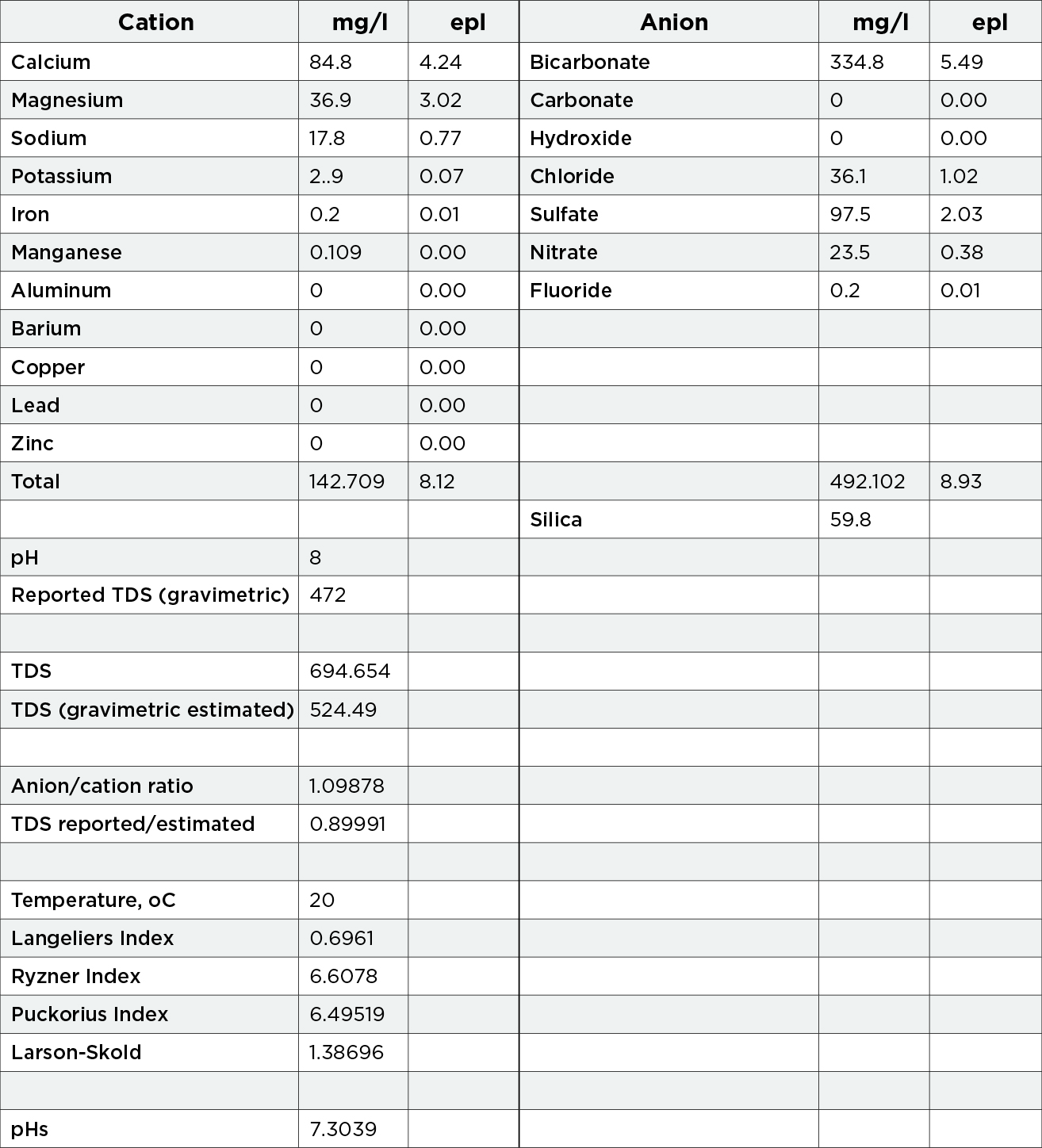GAUGING WATER NEEDS
From mineral processing and slurry transport to dust control, mining operations require significant amounts of both process and potable water to meet various operational needs. The first step toward understanding and gaining control of a water system is the development of a water model.
A water model should be a living document, typically in spreadsheet format, to accommodate seasonal water source changes (such as rainfall and evaporative losses during different times of the year) and allow operators to model different water need scenarios. The development of a water model helps identify each major unit in the mining operation, whether that unit is using water or treating water, and can include:
- Ball mills
- Flotation systems
- Tailing ponds
- Boiler pretreatment
- Wastewater treatment
- Water reuse treatment systems
- Cooling water systems
- Other operation units
The model should not only include each operating unit that requires or uses water but also identify where the water goes after each process in an operation. For example, a cooling tower will have two outlets for the water it uses: the blowdown and the evaporation. This is important as, while evaporated water is lost to the environment, blowdown water either may be available for reuse or must be accounted for in the wastewater stream.
Because water use is demand-driven, the model must be developed to identify how much water each unit operation will require. A steam-driven system, for example, will need a certain amount of steam to accomplish its work. This water demand must be reflected in the model to determine the size of the boiler makeup system that will impact pretreatment, which will then further affect influent requirements. Starting with the end in mind and working backward helps to create a more comprehensive and robust water model for mining operations.

